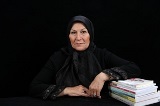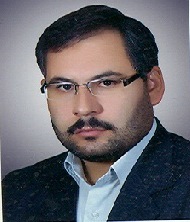Examining the relationship between spouses in Iranian law and its role in strengthening the family institution
Keywords:
relationships, couples, rights, justice, equality.Abstract
Aim: As members of the society, couples have rights and obligations that guarantee the health of the society and their relationships. The family is the most important social institution that is based on the relationship between spouses, and the regulation of these relationships and the explanation of how it is from a jurisprudential and legal point of view are important in some ways. Method: The research method was descriptive-analytical using library sources. Results: In the combination of the rights and duties of couples, we come across differences that at first glance are indicative of the differences that some have thought indicate the inequality between men and women. While the creation of men and women is so wise that the assignment of rights and duties has been established according to the capacities and according to his expectations of man and human abilities. The system of existence, creation and creation is based on a previous and purposeful plan, and the objective of creation is the mystic worship of man before God. Homogeneity and heterogeneity of beings and differences in capacities and possibilities have all found their own place in this wise map; Therefore, the differences between couples and in general between men and women are completely natural, purposeful and creative, and the criteria for valuing people should be sought in obedience and acceptance of divine guidance and guidance. Conclusion: having unique privileges in men and women is not a sign of superiority over each other, nor is it a sign of flaws and defects in relation to each other. These differences have been stated in the sources of Shia jurisprudence and the legal system of Islam, on the same basis that knowing them can be effective in strengthening the family, its dynamics and vitality.
Downloads
Downloads
Published
Issue
Section
License

This work is licensed under a Creative Commons Attribution-NonCommercial 4.0 International License.






















